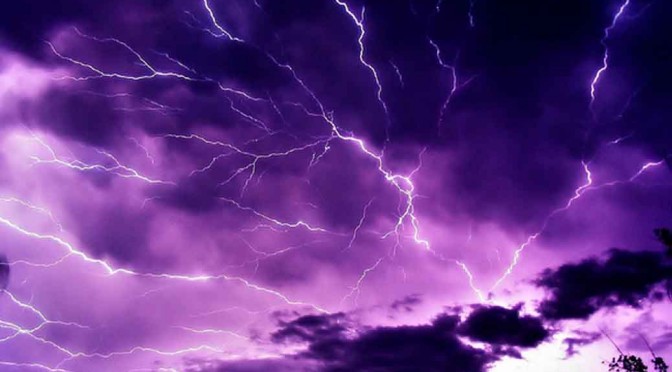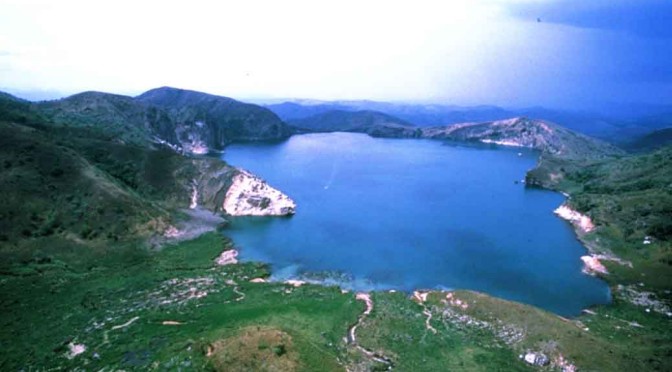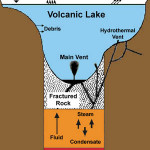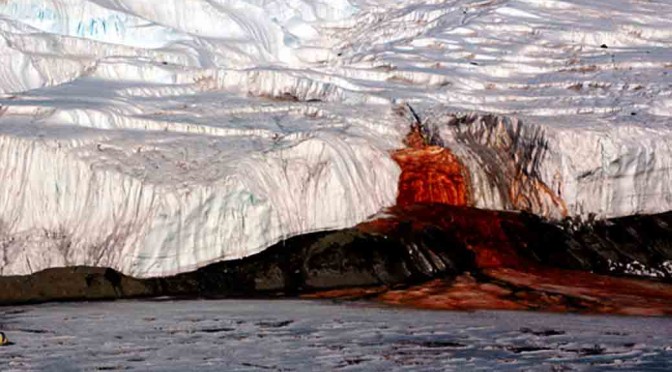You could theoretically walk from cape town in South Africa to Buenos Aires in Argentina. No, I’m not talking about you walking on the deck of a cruise liner while it’s sailing across the South Atlantic ocean. I’m talking about a really really long walk on land, that would require you to walk to Argentina from the other side of the globe!
This is the path you could take if you are adventurous enough –
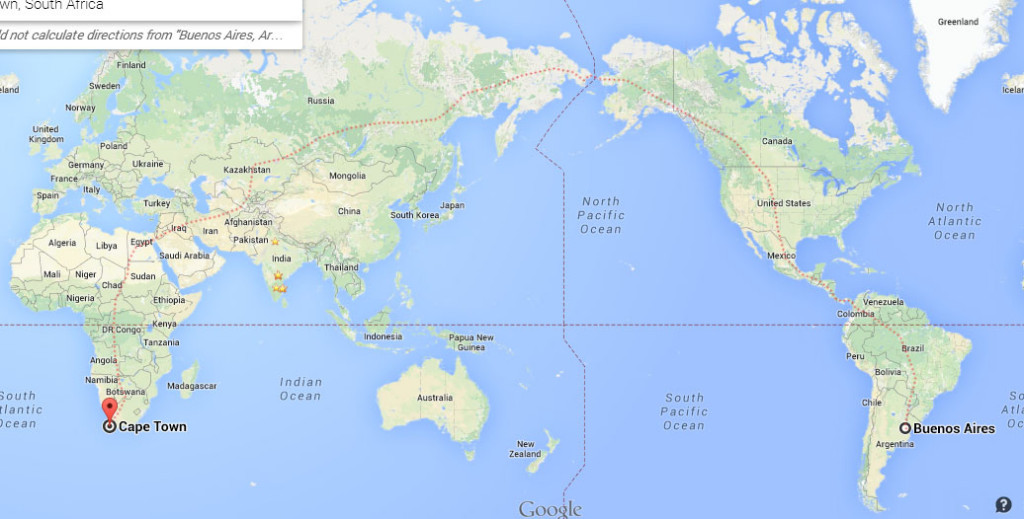
Winter time: If you ever plan to do that, remember to plan your journey in such a way that you get to cross the Bering strait during the winters.
Since the land masses are separated by sea, it won’t be possible to cross it on foot. But during winters, when there a couple of chunks of ice floating around, you could theoretically jump from chunk to chunk and complete your almost impossible journey. Two things to remember would be that it is illegal to do that and is extremely dangerous too. Read on to know why.
Bering Strait: At the closest distance, the mainlands of America and Russia are just 85 km apart. The main lands are separated by the Bering strait. But the 2 seemingly distant countries get much closer to each other at edges of these 2 islands in between the Bering strait – The Diomede islands. Separated by just about 4 km, one of the islands is in Russia while the other is in America. A date line passes from right in between the islands and the times one island is 23 hours ahead of the other.

During winters the parts of Bering strait freeze and they have huge chunks of ice floating around. But almost always, even during winters, there is a very strong current of water flowing across the Bering Strait. If you are lucky enough, the top part could get clogged for some time due to big ice chunks and could allow you to walk across to Russia, from Alaska.
In fact, people have done it in the past. In the year 2006, two friends Karl Bushby, and his friend Dimitri Kieffer were able to walk across the Bering strait from Alaska to Russia. They were immediately detained and deported for entering the country illegally. Most other attempts have ended fatally, involving rescue teams almost every time.
On November 1, 1998, at the age of 29, Bushby began walking from Punta Arenas, Chile at the southern tip of South America. Everything he owned was in a makeshift trolley called “The Beast.” He only had $300 in his pocket. Since then he has traversed the entire length of South and North America, completed the first recorded crossing of the Bering Strait on foot and progressed two thousand miles into Siberia. His goal is to finish the remainder of his journey across Asia and Europe back to England. To date, he has walked 20,000 miles of the 36,000-mile journey over the course of 15 years.
Even crossing this strait on a boat could prove to be dangerous as you’d be bombarded by intense storms constantly. And of course you’d end up in jail for attempting it. There is also no chance you are getting a legal permission to do it.
In short, provided you cross it in winter, have the ability to survive wind chill temperatures up to -100 degree C, are ready to risk your life and are ready to face legal consequences, you can cross the Bering strait and literally walk across from America to Russia.
In addition, if you are sure you can walk for several thousands of kilometres to make a one of its kind journey, you could actually walk from Cape Town to Buenos Aires.
[Read more]
Hit like if you learnt something today.

